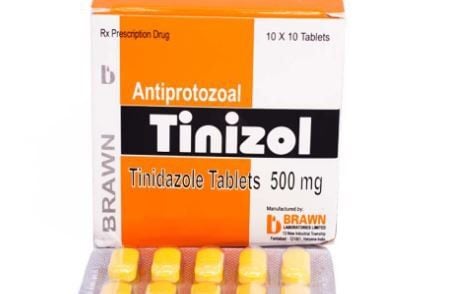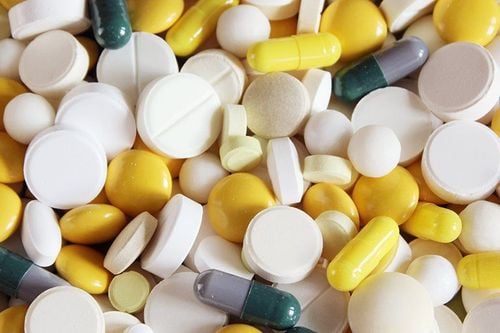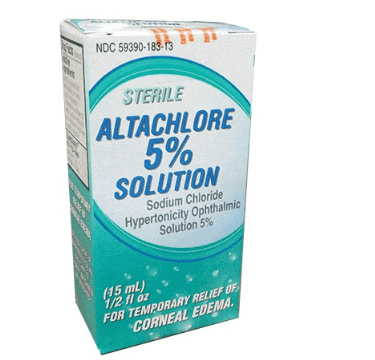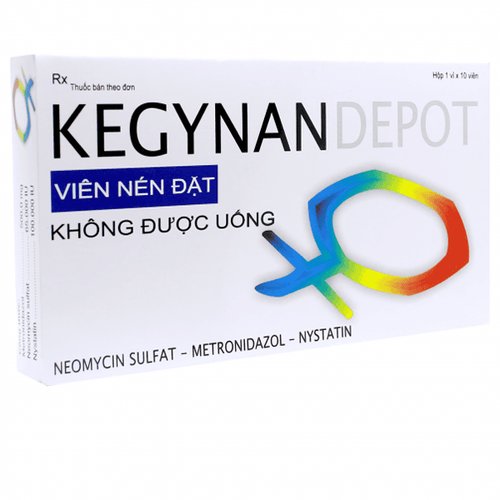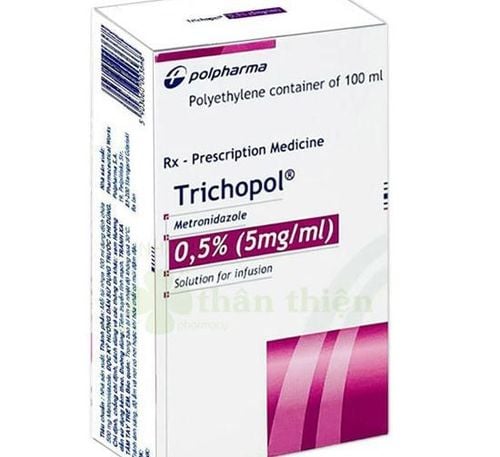This is an automatically translated article.
Vinphacine medicine contains the main ingredient is Amikacin. The drug is prepared as a solution for injection 500mg/2ml. Packing specification box of 10 tubes x 2ml. Complying with indications, the dose of Vinphacine 500mg/2ml will help patients improve treatment efficiency and avoid unwanted side effects.
1. Indications and uses of Vinphacine
Currently, Vinphacine is indicated in the following cases:
People with severe/life-threatening infections, especially in cases of unknown bacterial infections or suspected bacteremia with bacilli. Gram negative. Vinphacine 500mg/2ml can be used in combination with Penicillin, Cephalosporin and other antibiotics to treat bacterial infections. Treatment of systemic infections caused by P. aeruginosa, in combination with the drug Piperacillin. Treatment of endocarditis caused by Alpha streptococcus or S. faecalis, in combination with Benzylpenicillin or Ampicillin respectively. Treatment of anaerobic bacteria, in combination with metronidazole or a certain anaerobic antibacterial drug.
2. Contraindications to taking Vinphacine
Vinphacine is contraindicated in the following cases:
People with hypersensitivity to Aminoglycosides; People with myasthenia gravis.
3. Dosage and how to use Vinphacine 500mg/2ml
How to use: Vinphacine 500mg/2ml is used by intramuscular injection or intravenous infusion.
Dosage:
For adults and children (with normal kidney function): The usual dose is 15mg/kg/day, divided into equal doses for injection, each injection is 8 or 12 hours apart/ time. Note not to exceed 15mg/kg or 1.5g per day. For neonates and premature infants: The starting dose is 10mg/kg. Then 7.5mg/kg. Each time is 12 hours apart. Note: People with kidney failure need to consult the dosage from the treating doctor.
4. Vinphacine 500mg/2ml side effects
When using Vinphacine 500mg/2ml, patients may experience undesirable effects such as:
Common: Dizziness, proteinuria, increased creatinine or blood urea, decreased hearing, nausea, loss of balance. Uncommon: Fever, eosinophilia, rash, increased transaminases, albuminuria, increased blood creatinine, urine with red blood cells, white blood cells and low urine output. Rare: Headache, anemia, thrombocytopenia, leukopenia, hypertension, paresthesia, myasthenia gravis, tremor, paralysis, arthralgia, deafness.
5. Caution and note when using Vinphacine
Care should be taken when using Vinphacine for the elderly and young children, because of the risk of toxicity to the ears and kidneys. Caution should be exercised when using Vinphacine for drivers or machine operators. Vinphacine and other drugs should not be mixed, especially with beta-lactam antibiotics. Use with caution in people with severe renal and hepatic impairment. Vinphacine should be used with caution in pregnant and lactating women. Need to consult a doctor before use. Absolutely do not use when Vinphacine has signs of discoloration, mold, watery or expired. Above is all information about Vinphacine, patients need to carefully read the instructions for use, consult a doctor / pharmacist before using. Absolutely do not arbitrarily buy Vinphacine for home treatment because there may be unwanted side effects.
Please dial HOTLINE for more information or register for an appointment HERE. Download MyVinmec app to make appointments faster and to manage your bookings easily.




